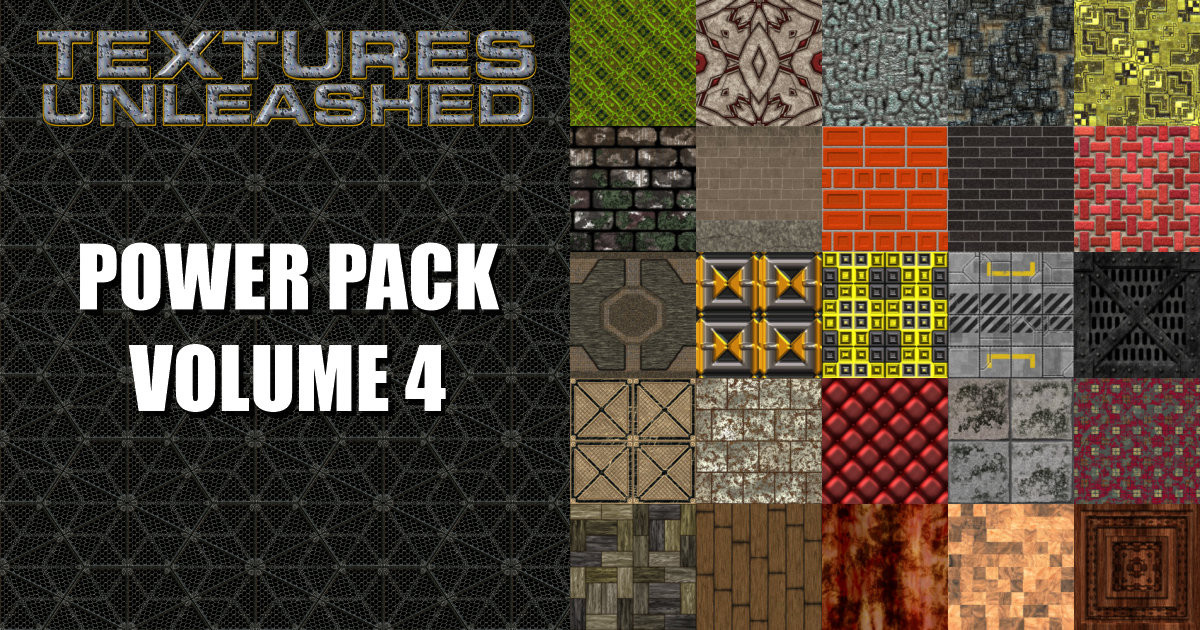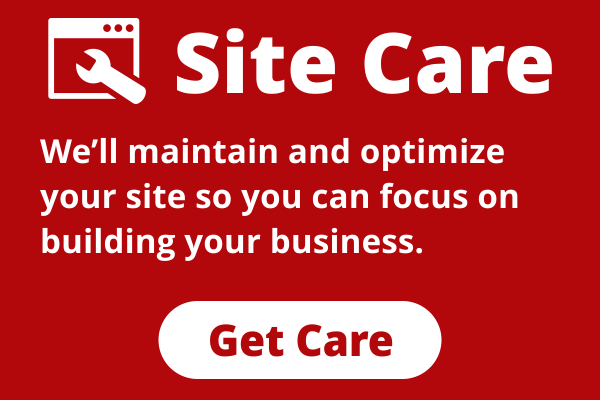In Part 1 of this series, I gave you the process I use for setting up the operating system on a computer. For the most part, our computer is a blank slate and we need to install the software we plan on using. Before we get started, we need to have everything prepared. You’ll want to gather the various discs and downloaded installers and have them ready. For software that requires a serial number, make sure to also have that serial number handy. I keep a document with all of my serial numbers so they are always easy to find when needed. It might not hurt to check to see if the downloaded installers are the latest versions. If not, go ahead and download updated installers. Here I’m assuming they are newer releases of the version you purchased. Should there be a new version that requires some form of a paid upgrade, you’ll have to determine if it is worth purchasing. If you are moving to a new operating system, you should also check to make sure the software is supported on the new operating system. You may need to download and/or purchase upgrades that are compatible.
Once I have everything ready, I install the “big” packages first. The “big” stuff includes Microsoft Office, Adobe Creative Suite and CorelDRAW Graphics Suite. In the case of Corel software, you may want to install more than one version. When there is more than one version, always install the oldest first and then each successive version in the order they were released. After installing big packages like this, you’ll also want to make sure you have downloaded and installed all updates. Downloading and installing them can be time consuming so plan accordingly. What you consider “big” stuff could be different. Clearly it is software that is most important and in this case it is also software that takes longer to install and more space on your hard disk.
After I get the big stuff done, I install the rest of my software in the order of decreasing importance. If you aren’t sure if you need something, don’t install it. You can always add it later if you truly need it. Always make sure to get updates for everything so you have the latest release.
Now you need to make sure you have any add-ons, plug-ins, macros and other useful tools installed. Typically they are easy to install. The hard part is rounding them all up. Part of my procedure involves writing down everything I plan on installing a few days in advance. That ensures I have a pretty solid list before I start installing.
I install all software on my D drive. It is the home of my software and what I consider permanent data. As it can always be re-installed, I do not back up this disk since it contains no data that changes. Since I force everything onto the D drive, I always do a custom install where I can choose the install location. There are a handful of programs that force themselves onto the C drive and I make note of the offenders in hopes that I can either suggest they not force the install location or I can find an alternative piece of software.
The time to install all software is highly dependent on what you need to install. For me, it typically takes a couple of days. Keep in mind that I probably install more software than the average user so it may not take you as long as it does me. Since some software can take a long time to install, I often walk away and do other things while the install is in progress. In the last part of this series, I’ll cover the installation of “permanent” data and setting up a drive for the data you will be creating.








0 Comments